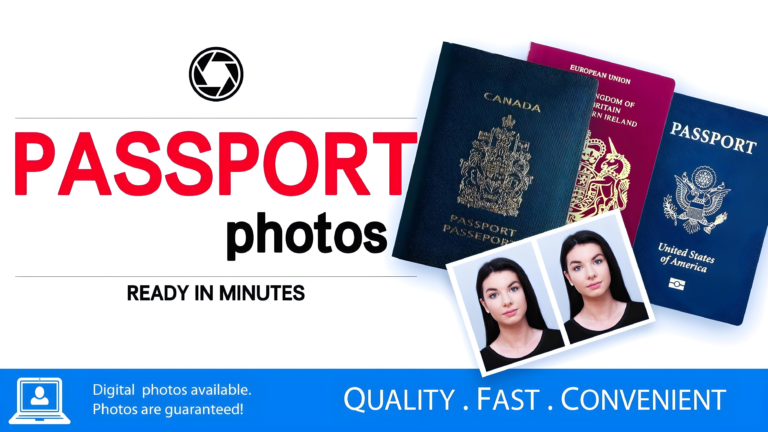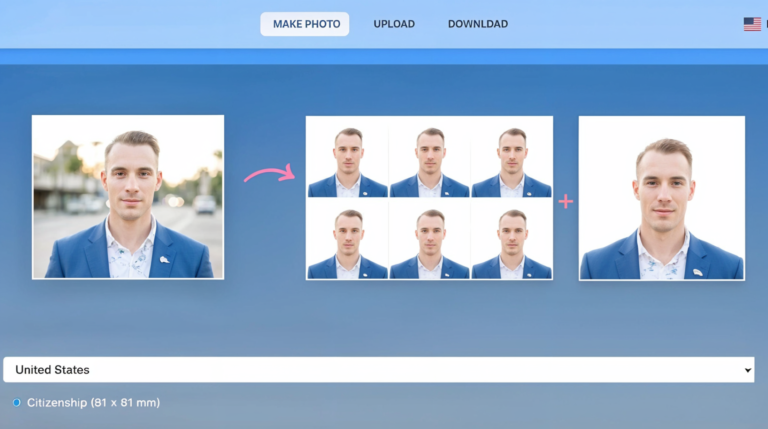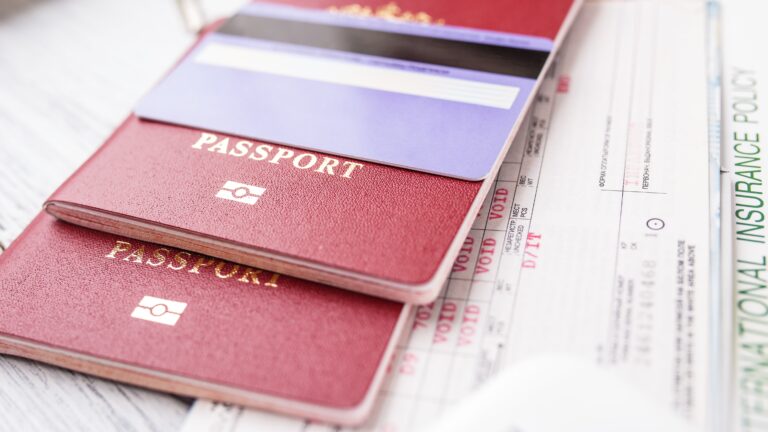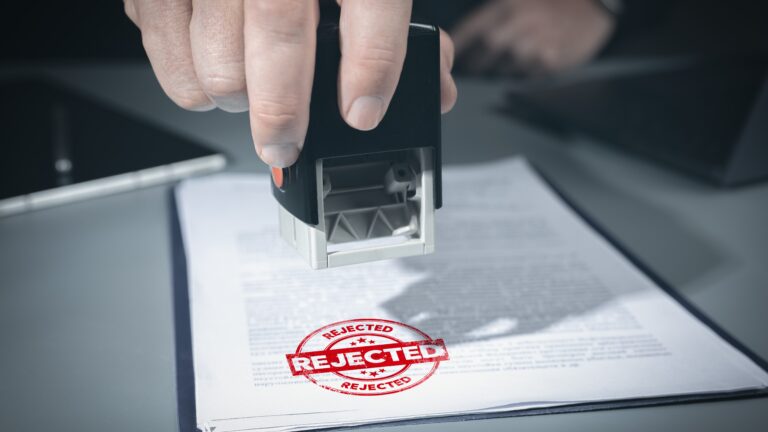Quick Guide to Using a Passport Size Photo Maker
In today’s digital world, the need for passport size photos is as common as ever. Whether you are applying for a visa, renewing your passport, or submitting a government form, a passport size photo is required. However, not everyone has the time or resources to visit a professional photographer. Luckily, technology has made it easier for people to create passport size photos at home with the help of a Passport Size Photo Maker.






